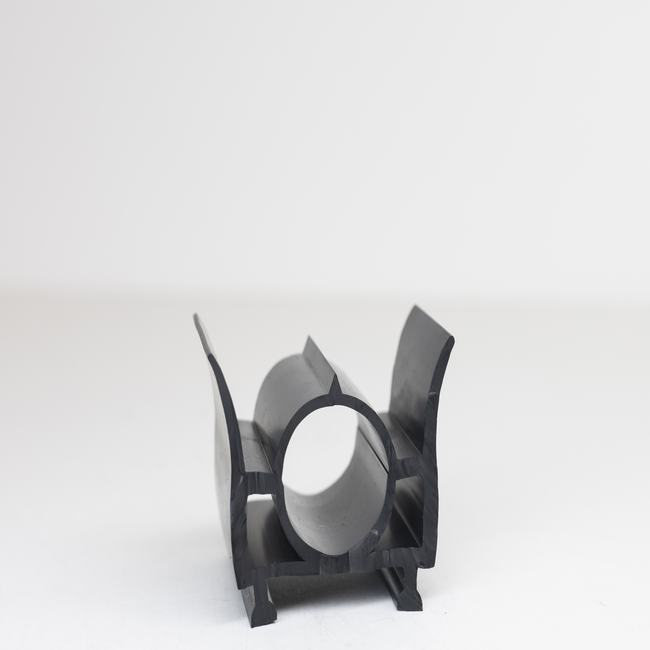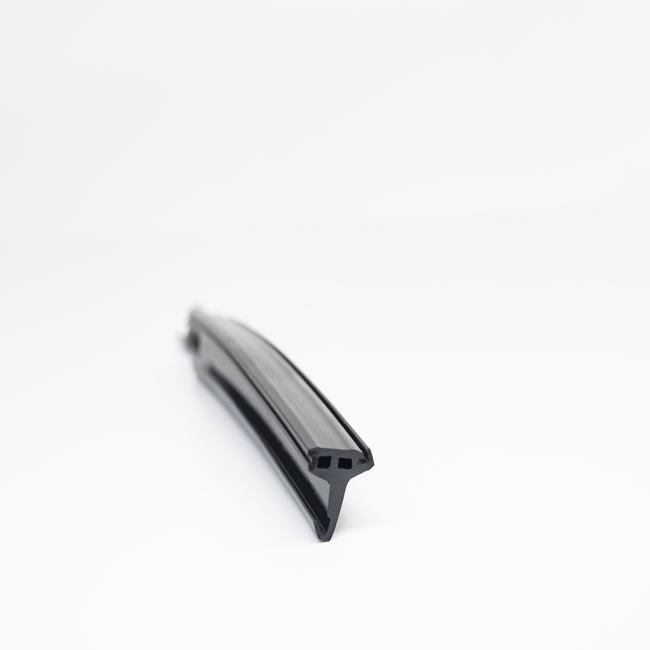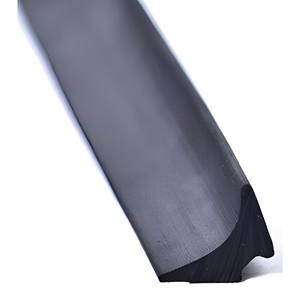Automatic door seals, often referred to as automatic door bottom seals or automatic door sweeps, are specialized mechanisms designed to provide a secure seal at the bottom of automatic doors when they are closed. These seals play a crucial role in maintaining energy efficiency, soundproofing, and security in buildings with automatic doors. Here is a detailed description of automatic door seals:
Key Features of Automatic Door Seals:
- Mechanism: Automatic door seals are typically equipped with a mechanism that is activated when the door is closed. This mechanism may involve a drop-down or slide-out seal that engages with the floor or threshold to create a tight seal.
- Adjustability: Many automatic door bottom seals are adjustable, allowing for fine-tuning to ensure a proper seal. This adjustability accommodates variations in floor levels, ensuring a snug fit.
- Sealing Materials: The sealing element of these door seals is usually made from materials like rubber, silicone, neoprene, or a combination of materials. These materials are chosen for their flexibility and durability.
- Automatic Activation: Automatic door seals are designed to operate automatically when the door is closed, eliminating the need for manual adjustment. This ensures that the seal is always engaged when the door is shut.
- Soundproofing: Some automatic door seals are designed to provide soundproofing by creating an additional barrier against noise infiltration.
Benefits and Applications:
- Energy Efficiency: By creating a tight seal at the bottom of the door, these seals help prevent drafts and temperature leakage, leading to improved energy efficiency and reduced heating or cooling costs.
- Security: Automatic door seals enhance security by preventing unauthorized access and minimizing the risk of break-ins or the passage of pests.
- Soundproofing: In commercial settings, automatic door seals with soundproofing properties help maintain a quieter indoor environment by blocking external noise.
- Comfort: Automatic door bottom seals contribute to occupant comfort by maintaining consistent indoor temperatures and minimizing drafts.
- Accessibility: These seals are commonly used in public buildings to meet accessibility and compliance requirements, ensuring that doors are easy to open and close.
Types of Automatic Door Seals:
- Drop-Down Seals: These seals drop down from the bottom of the door when it is closed, forming a barrier against drafts, dust, and pests. They are often used in commercial settings.
- Slide-Out Seals: Slide-out seals extend horizontally from the bottom of the door when it closes, creating an effective seal against various environmental factors.
- Concealed Seals: Concealed automatic door seals are hidden within the door’s frame or edge, making them less visible when the door is open.
Installation and Maintenance:
Installation of automatic door seals requires careful positioning and attachment to the door frame or edge. The mechanism should be properly adjusted to ensure a snug seal without causing excessive friction or resistance. Routine maintenance includes cleaning the sealing element and inspecting for wear to ensure continued effectiveness.
In conclusion, automatic door seals are essential components for maintaining energy efficiency, security, and comfort in buildings with automatic doors. Their automatic activation, adjustability, and various types make them valuable additions to both residential and commercial applications, ensuring that doors provide a secure and sealed closure when needed.






